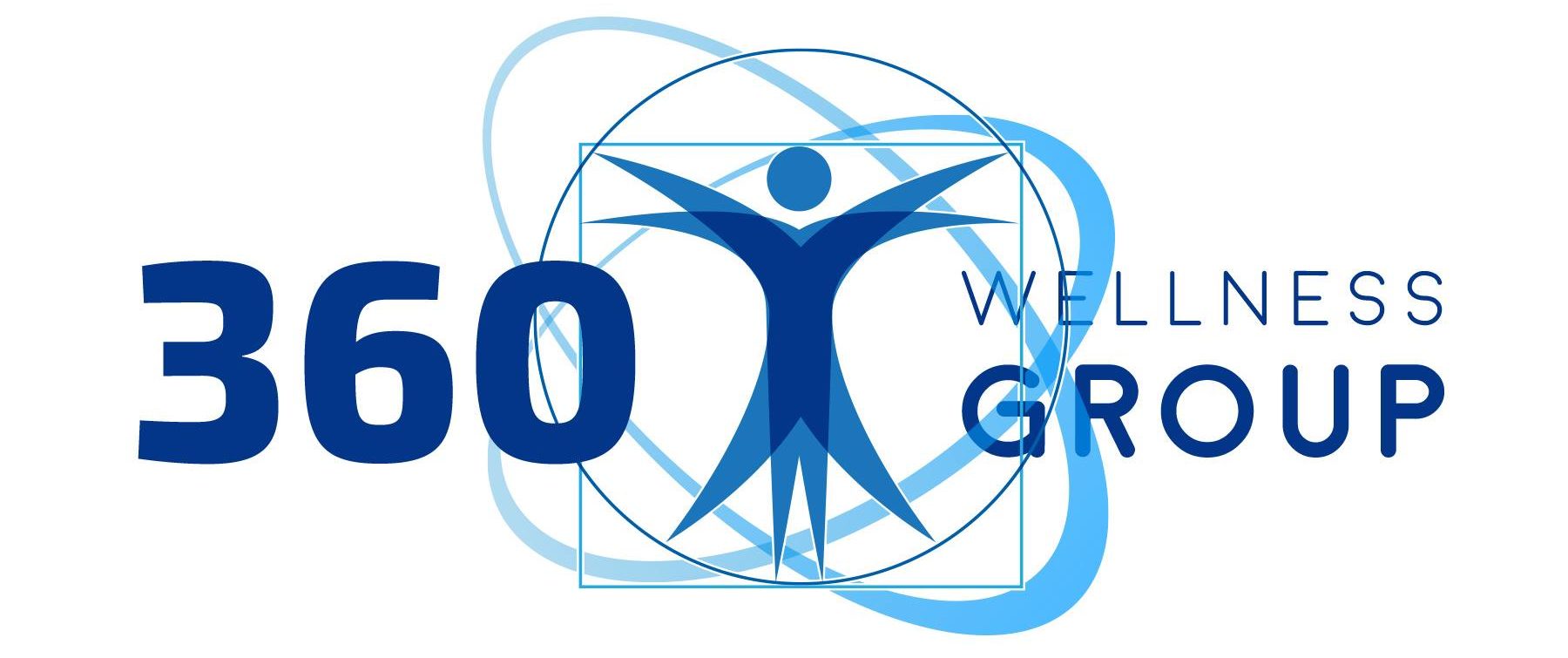Degenerative disc disease (DDD) occurs when normal changes in spinal discs take place over time, causing you pain.
Think of spinal discs as shock absorbers in between the vertebrae of your spine which help it to stay flexible. As you age, the discs begin to break down. This process is a natural occurrence, but if your lower back pain won’t seem to go away, you might be suffering from DDD.
If any of the following patterns sound familiar, then you may want to visit a chiropractor for a spinal analysis:
- More pain while sitting for a long time, lifting, twisting, or bending.
- Less pain when walking or running
- Less pain if you frequently change positions
- Less pain if you lie down
What does it mean to have degenerative changes in the spine?
Just the name alone—degenerative disc disease—sounds scary. Is there cause for alarm and should you be concerned if you’ve received a DDD diagnosis?
Yes and no. When changes in the spine cause the loss of normal structure or function, it’s considered degenerative. Your spine carries a huge portion of your body’s weight. Over time, the collagen (protein) in your spine weakens. Meanwhile, water and proteoglycan (PG) content also decreases, and thus the discs become unable to withstand daily mechanical stress. These changes are caused by regular use, but habits like smoking or an unhealthy diet may also be contributors. Fortunately, most patients who suffer from DDD respond well to non-surgical treatment.
Non-Surgical Degenerative Disc Disease Treatments
If you think you have or you’ve been diagnosed with DDD, bed rest may be helpful for a few days during the most painful phases. However, each patient is different and will have a unique treatment plan; after bed rest, your treatment plan may call for several different remedies including stretching, extension exercises, aerobics, acupuncture, medication, and chiropractic adjustments.
Stretching exercises
Lower back pain may limit flexibility, and following a prescribed set of stretching exercises can improve movement in the trunk muscles. Stretching exercises help to widen the intervertebral foramen, the small canals on the left and right sides of your spinal column through which the nerve roots exit the spinal cord.
Extension exercises
The McKenzie Method is an example of an extension exercise for the lower back muscles and ligaments. They help maintain proper spine curvature and reinforce healthy posture.
Aerobics
Amped-up muscular endurance, a better sense of coordination, stronger abdominal muscles and weight loss are just a few of the benefits of aerobic exercise.
Low or no-impact aerobic exercise like walking, biking, and swimming only put slightly more strain on your lower back than lying down while also strengthening your core. Stronger abdominal muscles help reduce the weight your lumbar spine is forced to hold up on its own. As an added bonus, aerobic exercise helps keep anxiety and depression at bay for many patients.
Acupuncture
Although it should usually be combined with other treatments, acupuncture has been shown to jumpstart the production of endorphins, acetylcholine (an important neurotransmitter in the nervous system), and serotonin.
Medication
Especially during the intense initial phase of low back pain, medications may be prescribed. Acetaminophen, anti-inflammatory agents, and even muscle relaxants can be effective.
Because of the strong potential for addiction, narcotics and even anti-inflammatory medications (NSAIDs) should only be used temporarily.
Depression can also contribute to low back pain, and there are non-drug ways to address that which may improve both mood and sleep.
We do not condone taking medications for pain, but we realize that people do. Our intent is to provide caution around doing so, and make sure people realize this is not a viable long-term solution.
If you experience an ongoing need for pain medicine we strongly urge you to come in and let us evaluate what is causing that pain. Whenever possible we want to treat and eliminate the underlying cause of pain, rather than mask it.
Chiropractic adjustments
Performed by chiropractors and physical therapists, adjustments can greatly improve DDD, making it much easier to twist, bend, and move around in daily life. Adjustments (also called manipulations) involve carefully placing pressure on spinal joints to relieve dysfunction and pain.
Your chiropractor may also perform different types of manual therapy to treat your DDD symptoms, including:
- Manual joint stretching and resistance techniques to relieve pain and other DDD symptoms.
- Therapeutic massage to help reduce muscle tension.
- Trigger point therapy, which relieves tension by putting direct pressure on tight painful points in the muscle.
- Instrument-assisted soft tissue therapy, reducing or eliminating pain by using various chiropractic instruments.
Living with Degenerative Disc Disease
If you’ve been diagnosed with lumbar degenerative disc disease, the good news is most patients respond well to non-surgical treatment. If your pain is persistent and continues even after bed rest, consult with your chiropractor. Together, your chiropractor will work with you to develop a comprehensive treatment plan to address your acute lower back pain and reinforce a healthy lifestyle, including avoiding tobacco, maintaining a regular fitness program plus dietary adjustments.
This article isn’t a substitute for medical advice. If lower back pain has been an issue for you, you don’t have to keep suffering. Make an appointment online or call us (626) 469-7478, and let’s get to the root of your back pain as well as create a treatment plan just for you.


Add a Comment
You must be logged in to post a comment